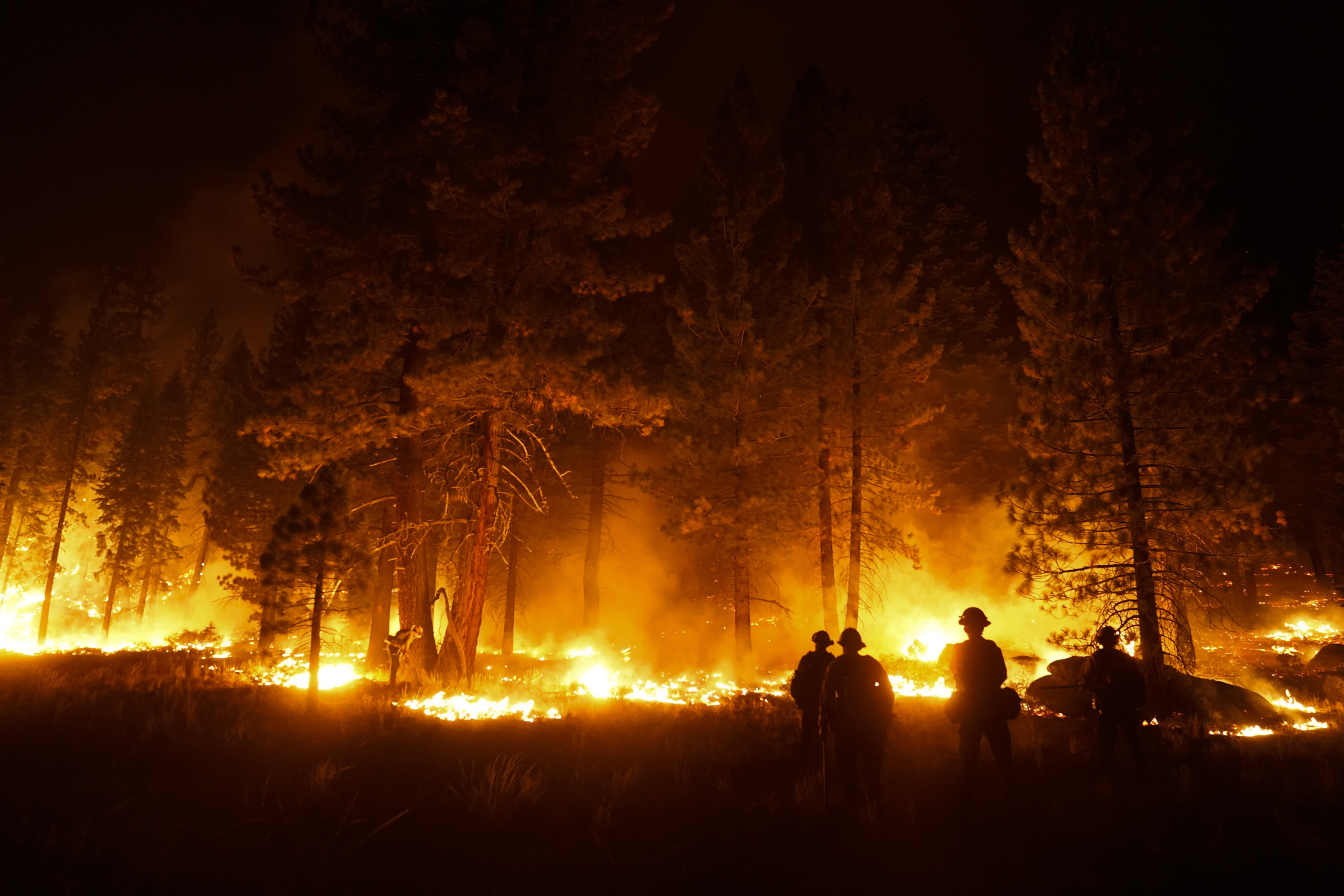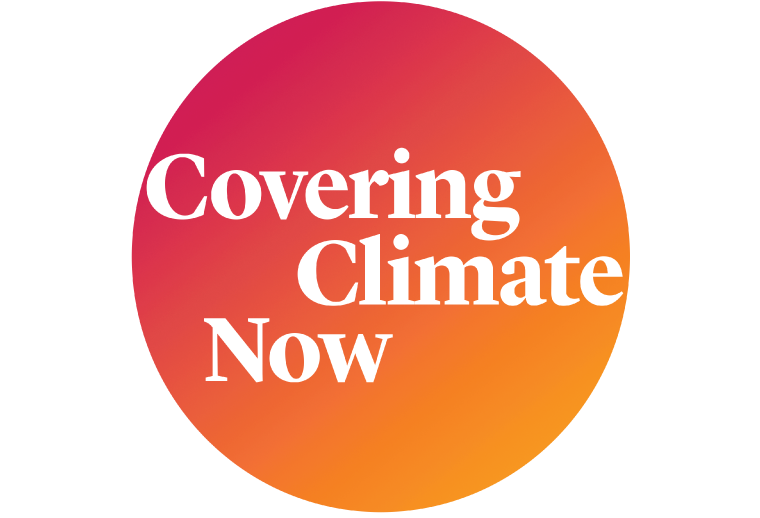A longstanding challenge for climate coverage is that climate change is so big, so all-encompassing, that journalists sometimes struggle with where to start. That can go double for local journalists, whose scope is necessarily hyperfocused. The climate story threads together megacorporations, heads of state, our forests, the oceans, and even what’s for dinner. For outlets whose remit is smaller than at least a country, how to make that all relevant to audiences? More on the nose, when there’s global climate news, where does a local newsroom find its place?
The fast-approaching international climate summit, set to begin October 31 in Glasgow, illustrates this dilemma well. The summit, called COP26 (short for the 26th Conference of the Parties), is the follow-up to the landmark 2015 meeting that gave us the Paris Agreement, in which countries agreed to limit global heating above pre-industrial levels to “well below” 2 degrees Celsius, with an aspirational target of 1.5 degrees C. We’re at roughly 1.1 degrees C now, and global carbon emissions remain high. In Glasgow, countries are expected to update their respective emissions-reduction plans, while hopefully also reaching new deals to pick up the pace. Alok Sharma, a British member of parliament and the COP26 president, has called the summit the world’s “last best chance” to turn back the rising tide.
Ordinarily, an international conference like this — a meeting of the G7, say — wouldn’t make local headlines. But this is no ordinary international conference. Given the historic importance and global implications of COP26, journalists everywhere, in newsrooms large and small, should be covering it. And audiences are hungry for coverage like this! A 2020 public-opinion survey by Yale and George Mason universities found that 78 percent of US adults want more news about climate impacts in their local area. Equally wide majorities — 76, 79, and 75 percent, respectively — want more news about how local, national, and foreign governments are tackling the climate crisis.
So how, exactly, is the summit relevant to communities far afield of the international spotlight?
Let’s start with the basics. The climate emergency is relevant to everyone on Earth, as escalating wildfires, heat waves, hurricanes, and floods have made painfully clear this year. And just as everyone is affected, climate action at the scale necessary to stop this emergency hinges in large part on public support, from all corners. Large news organizations aren’t fully on top of climate change, either, so when local outlets also fail to cover climate, audiences are left uninformed about the scope of the crisis, and its solutions.
Whether or not COP26 proves a success depends heavily on the plans each country brings to the summit and the commitments they’re willing to make there. In democracies, vocal public pressure on leaders to put forth a credible plan can meaningfully impact outcomes at the summit.
In the US, this applies to Democrats’ “Build Back Better” bill, the largest climate-change legislation in the country’s history and currently the subject of contentious debate in Congress. Should the bill fail to pass — or should it be gutted, such as by the removal of a clean energy program — the US will essentially show up to the most important climate meeting in history empty-handed. So, where do local leaders, from congresspeople to mayors and city council members, stand on the bill? If they’re for it, how are they making their voices heard, and what action are they taking at the local level? If they’re opposed, how do they justify that opposition in the face of incontrovertible science and COP26? Local journalists should be asking these questions.
At the national level, a majority of coverage has focused on the stubborn opposition of Democratic senators Joe Manchin, of West Virginia, and Kyrsten Sinema, of Arizona, whose votes are critical in an evenly divided Senate. But a credible national climate plan is the responsibility of every senator and congressperson; the focus on Manchin and Sinema elides Republicans’ unanimous opposition to the bill, and it frames a climate plan as a matter of political preference, when in fact it’s one of scientific and existential necessity. Would bickering over climate, by Democrats or Republicans, be as tolerated as it has been if journalists in every newsroom across the US were clearer with audiences about what’s at stake, both globally and locally? Possibly not.
Many local leaders actually are weighing in on COP26. In September, for example, the Democratic governors of ten states sent a letter to House speaker Nancy Pelosi and Senate majority leader Chuck Schumer. “As we approach [COP26],” they wrote, “it is imperative that the United States demonstrates that America is ready to lead and solve the climate crisis.” The letter urges immediate legislative provisions for a carbon-free electricity grid, electrified transportation infrastructure, and methane-emissions reduction, among other climate priorities. The letter was standard fare for intragovernmental communication, but it’s notable in any case that it received virtually no press coverage — a missed opportunity, perhaps, for local journalists to deepen coverage of Democrats’ spending plan and tune audiences in to COP26.
Just as local actors can exercise ground-up influence on national and world dealings, they can do their part in helping their country meet its global climate commitments. Around the world there are subnational collaborations of governors, mayors, and other local officials working to enact progressive climate and environmental policies, often faster than or contra to their respective national leaders; these include the Governors’ Climate and Forests Task Force, the C40 Cities Climate Leadership Group, and, in the US, the US Climate Alliance and Climate Mayors, among others. In 2017, when the Trump administration withdrew the US from the Paris Agreement, Climate Mayors’ 400-plus members vowed to pick up the slack. “If the president wants to break the promises made to our allies … we’ll build and strengthen relationships around the world to protect the planet from devastating climate risks,” the group said then in a statement. “The world cannot wait — and neither will we.”
Only national governments will negotiate at COP26, but that doesn’t leave local governments out of the picture. In fact, this year, Nigel Topping, a UK businessman and CEO of the climate coalition We Mean Business, has been appointed specifically to rally support from local governments around the world during the summit for reaching net-zero emissions. “We have got to challenge everyone and have them asking, how much change does that mean for me?” Topping told The Guardian recently.
And so, again, for journalists worried that COP26 is too distant or stratospheric to merit coverage: Where do local leaders stand? What are they hoping national leaders will deliver at the summit, and what are they doing from their vantage points to spark change?
For too long, too many newsrooms sat on the sidelines of the climate story. COP26 really is a last chance for humanity, before the consequences of climate change escape our efforts at control. For journalists, in newsrooms big and small, this is a moment to leave it all on the field. Anything less is to ignore a story that touches all of our lives.
This column is part of Covering Climate Now, a global journalism collaboration co-founded by CJR and The Nation strengthening coverage of the climate story. The author is CCNow’s deputy director.




